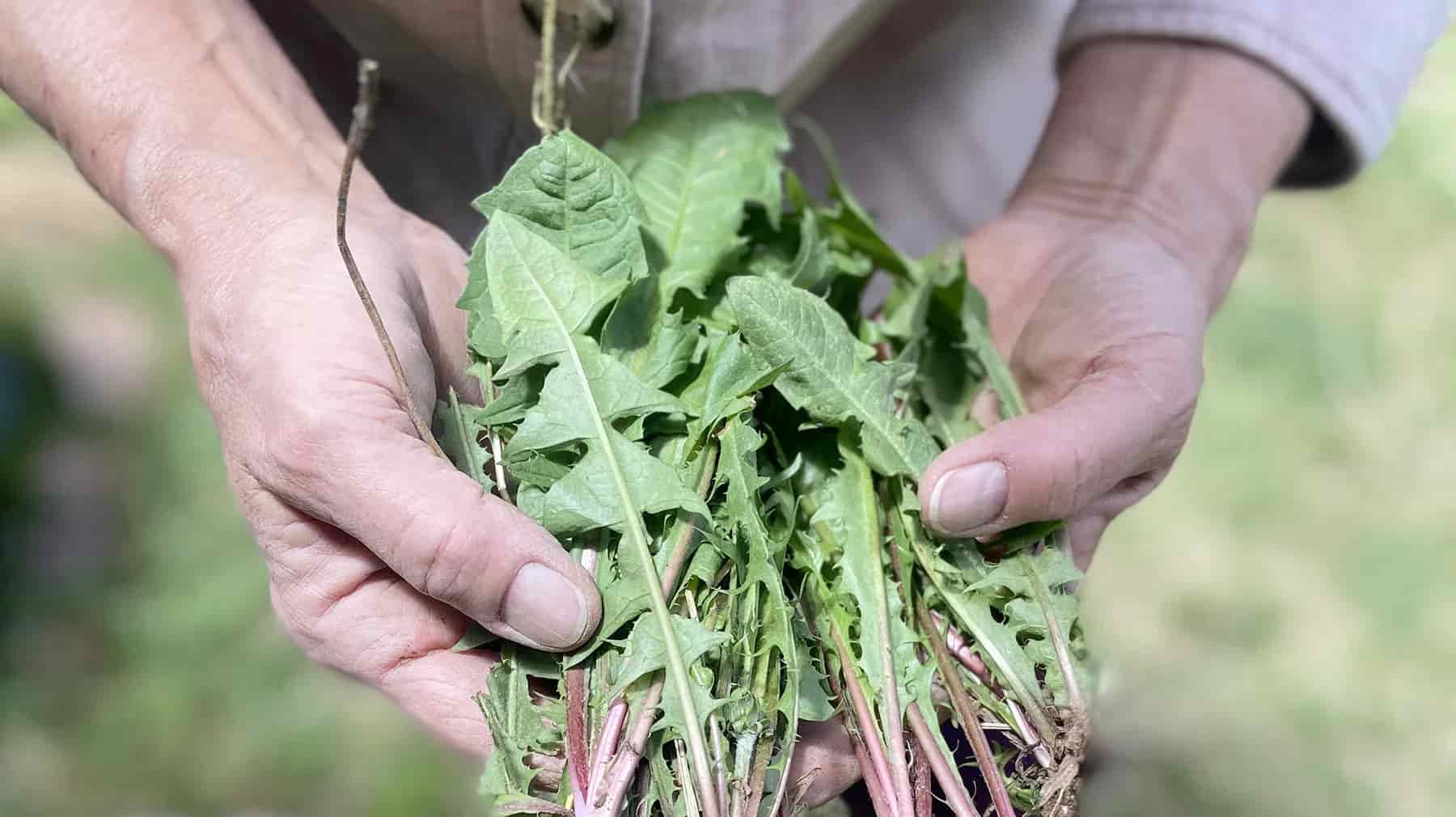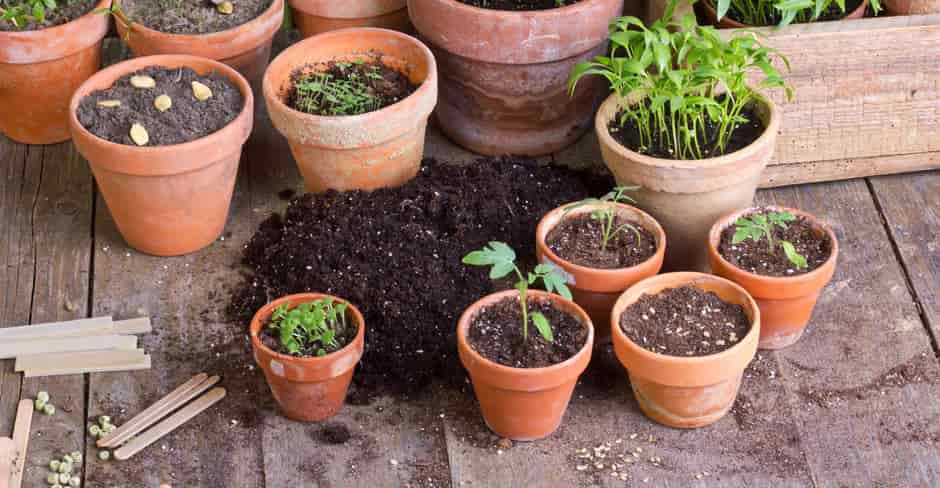During the early spring we gardeners get excited about growing something, but we often jump the gun and start growing seeds a bit too early. Forget what the packet says, knowing your microclimate is essential for starting and placing plants into the ground.
One way to make it a little easier to have more variety in your herb garden (even for those of us in shorter seasons), is to vary your plantings by using seeds and plants together. This cuts down on the time needed for some plants to be ready to harvest, and also ensures an earlier bounty if you plan it just right.
Buy your plant and start the seeds at the same time. Then you have the first harvest early, and a second one right behind it with little extra work. I start (or buy) many of my herbs as plants because it skips the fragile seedling stage and is less worrisome than trying to fight the wet/dry craziness that is spring. Buying plants also means you can potentially have an extra crop — even when you don't officially have a long enough season.
Each year, I grow patchouli and lemon grass from plants (plugs), and I am never even close to the zone 10 they need to survive. Gardeners also like to experiment, and I have transplanted the herbs that don't like to be moved, like Dandelion, burdock, and comfrey — and had good luck.
If you want to give it a go, here are a few tips:
- Fill a container sturdy enough to hold together, but not so sturdy that you have to wrestle the plant out. The plant doesn't like its roots disturbed and handling it gently will avoid this. I recommend newspaper pots. They can be planted directly into the soil, break down quickly, and earthworms love them.
- Fill with desired seed-starting mix and plant your seed at the proper depth.
- Keep seedling watered lightly.
Transplant directly into the garden when the soil is at the proper temperature. If using a biodegradable pot, plant the pot right into the ground to keep from disturbing the roots.
TIP: I would encourage you to be a bit rebellious this garden year and try planting some of herbs you like, even if you are not in the ideal location. With a little bit of creativity, you will be rewarded with a larger bounty by the time fall arrives.
Amy Jeanroy is a garden writer living off the Bay of Fundy in Northern Maine. She harvests herbs from the forest and seaside whenever possible, and grows the rest in her gardens.
For educational purposes only. This information has not been evaluated by the Food and Drug Administration. This information is not intended to diagnose, treat, cure, or prevent any disease, or to sell any product.
Recommended Products
Further Reading











